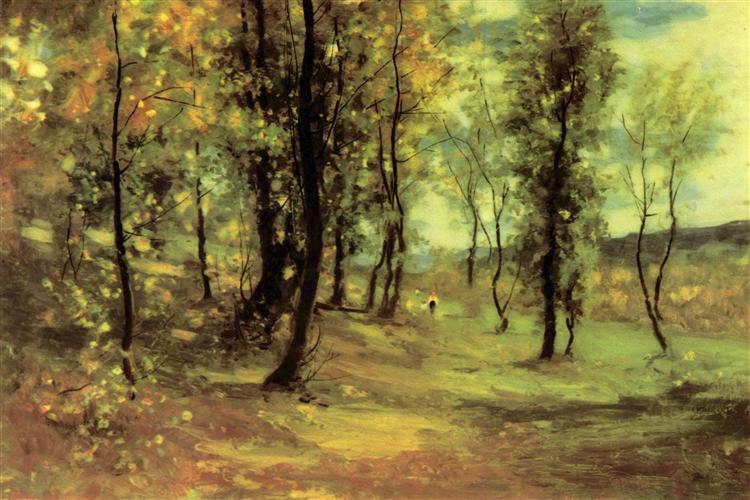Description
The painting "Poor Woman of the Village" by Gustave Courbet is a masterpiece of French realism of the 19th century. This painting, with an original size of 86 x 126 cm, represents a poor woman from the countryside, sitting on a wooden chair in a dark and austere room. The woman, with an expression of sadness and resignation on her face, holds a small black cat on her lap.
Courbet's artistic style is characterized by its realism and its interest in showing the daily life of ordinary people. In this work, Courbet uses a thick, loose brushwork technique to create a rough texture and a sense of depth in the painting. The composition is simple but effective, with the figure of the woman in the center of the painting and the dark and empty room as a backdrop.
The color in the painting is also remarkable. Courbet uses muted, earthy tones to create a sense of sadness and melancholy in the work. The use of light and shadow is also very effective, creating a sense of depth and realism in the painting.
The story behind the painting is interesting. Courbet painted this work in 1866, during a period when he was interested in portraying poor and marginalized people in French society. The painting was exhibited at the World's Fair in Paris in 1867, where it received mixed reviews from the press and the public.
Also, there is a little known aspect about this painting. The black cat the woman holds on her lap is said to actually be a tribute to Courbet's mistress Virginie Binet. Binet was known for her love of cats and Courbet is said to have included the animal in the painting as a tribute to her.
In short, the painting "Poor Woman of the Village" by Gustave Courbet is a masterpiece of French realism of the 19th century. Its artistic style, composition, color, and the story behind the work make it a fascinating and moving piece.











